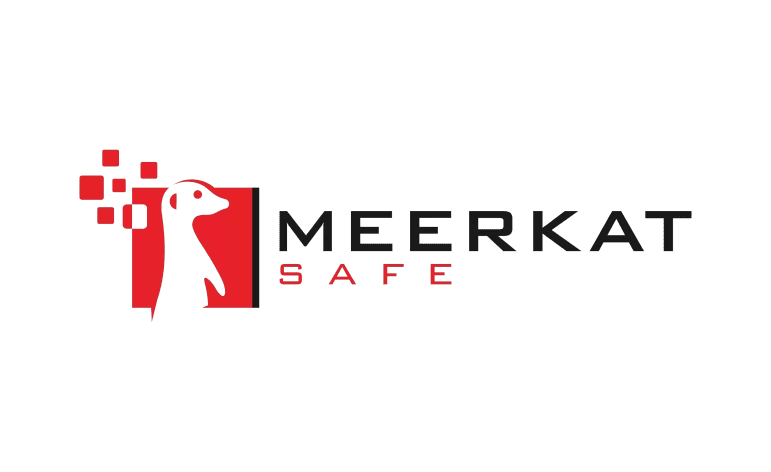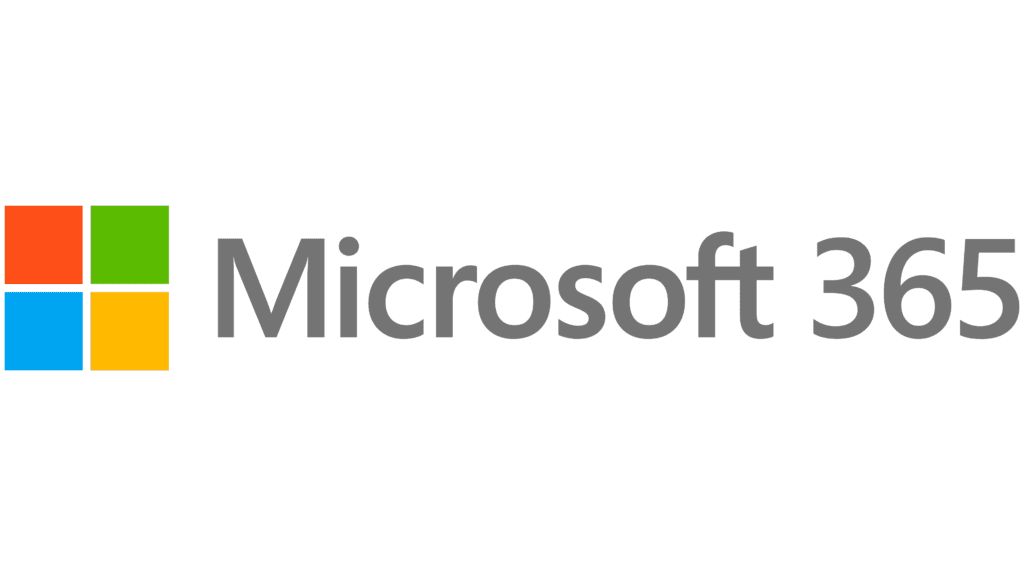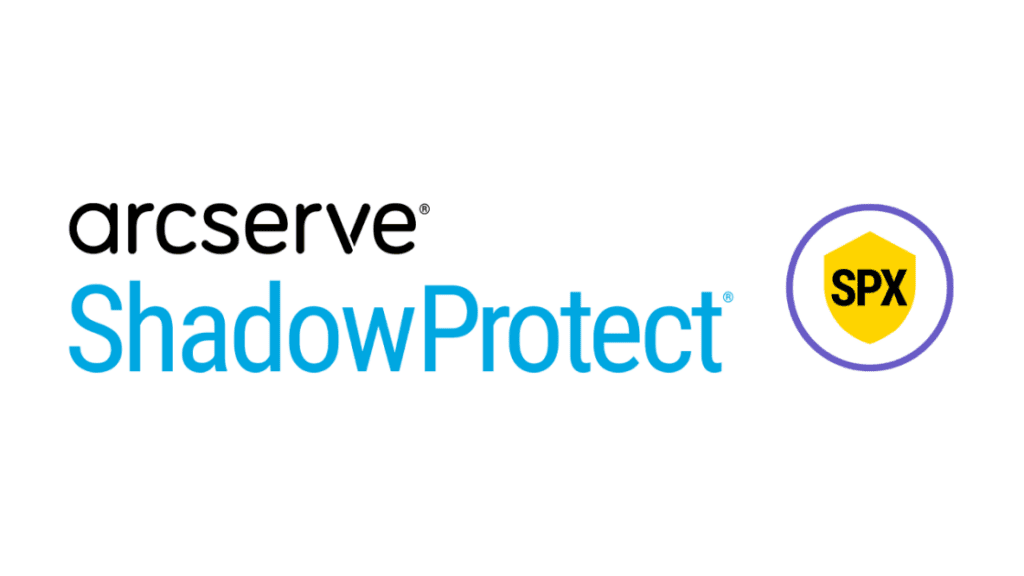
Managed print services can save time and money by streamlining a company’s printing environment. However, in order to accomplish that, it’s crucial to know what already exists. An MPS assessment provides the information necessary to create a plan.
DSI approaches managed print services from the position of supporting and perfecting infrastructure and workflows which already exist in an organization. Such an approach helps ensure that an organization receives a solution specifically oriented towards it.
Interested in an MPS assessment? Read on to learn what they are and why they’re a critical first step when implementing managed print services.
What’s Involved in an MPS Assessment
An MPS assessment is a comprehensive review of the current print environment. It helps guide decisions regarding the equipment and print policies which are put into place to ensure that such managed services complement and amplify operation potential. An assessment is broken down into four main parts:
1. Itemized Equipment Inventory
Unlike other managed print providers, DSI doesn’t automatically resort to the rip-and-replace tactic which is so common in the industry. Instead, print specialists take a close look at what already exists in an organization and how the infrastructure is being used. For example, a study of the current print deployment might analyze things like:
- What types of printers does the company currently use?
- Where are printers located throughout the office?
- Which printers receive the most or the least use?
- How new or old are the current printers?
By understanding what currently exists, it becomes more possible to develop a truly bespoke solution which is completely tailored to a specific organization.
2. Usage Audit
Once the physical layout of the printers has been identified, a usage audit helps determine current practices and habits. Often, businesses dont have a very strong grasp on exactly how much printing they’re doing. However, a usage audit can help uncover data including:
- How many employees have access to printers?
- What is the estimated versus the actual quantity of printing?
- Are there any records which exist showing current supply usage?
A usage audit may also include collecting data from the network. This involves installing printing data collection software which reports usage, supply levels, and printing statistics in a metered form. Understanding just how much printing occurs and where is valuable to developing an informed managed print service strategy.
3. Workflow Assessment
Beyond the physical infrastructure of a print environment, it’s also important to understand how staff or employees interact with the printers on a daily basis. Therefore, a workflow assessment helps printing specialists determine which devices work well in a particular place, and which are causing a bottleneck in the office workflow.
4. Needs Discovery
Finally, a need discovery helps printing specialists identify what an organization needs out of its printing environment. This includes both current and projected needs. Likewise, it seeks to uncover needs which may not immediately be obvious to management through interviews with end users and through input from outside specialists. This ensures that a managed print environment strategy will be viable in the long run.
Why an Assessment Matters
An assessment is the vital first step to developing and deploying managed print services. It helps the printing experts at DSI identify areas where needs and infrastructure currently do not align revealing areas where an environment may be tightened, streamlined, and tweaked to augment productivity.
Likewise, an MPS assessment informs most of the purchasing decisions. Since DSI partners with multiple brands which supply access to dozens of models, knowing exactly what a company needs helps narrow down the selection and ensure that an organization gets exactly the right device.
What Information to Prepare Ahead of Time
While an MPS assessment does the heavy lifting of identifying all of the necessary information, organizations can give the assessment a leg up by bringing any known information about the current print environment. This may include:
- Current known devices and infrastructures
- Working knowledge of the type of printing which occurs
- Problem areas or deficiencies which are already known
- A current or estimated printing budget
- Current IT capabilities and workload
A Thorough MPS Assessment Is Invaluable
An MPS assessment is the first step to take when implementing managed print services. It helps identify what already exists, what needs to exist, and how managed print services can most efficiently and cost-effectively transform an organization’s print environment.
For most businesses, an assessment is as enlightening as it is invaluable. Although they can be laborious, especially when the print environment is complex, an assessment reveals information which makes the process of choosing printers and print policies easier in the long run.
DSI offers comprehensive print assessments to businesses in the New Mexico and El Paso, Texas areas. Contact one of our print environment specialists today to get started with developing a deeper understanding of the way your organization prints.

Jocelyn Gorman, the Executive Vice President of DSI, possesses a deep understanding of the unique requirements of growing businesses. With over a decade of experience collaborating with clients across various industries, she closely collaborates with her Sales Team to develop and implement tailored technology solutions. These solutions aim to enhance office productivity and minimize operational costs. Her remarkable ability to effectively address business challenges has garnered recognition from prestigious publications such as the Cannata Report and Family Business Magazine.


































